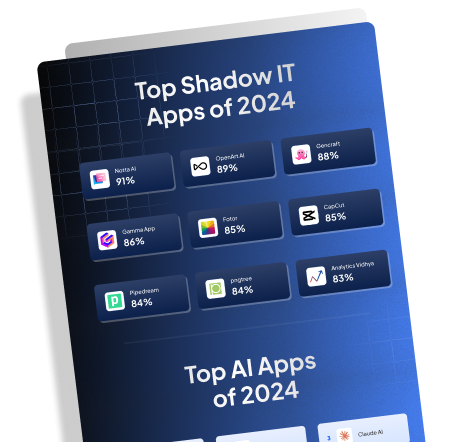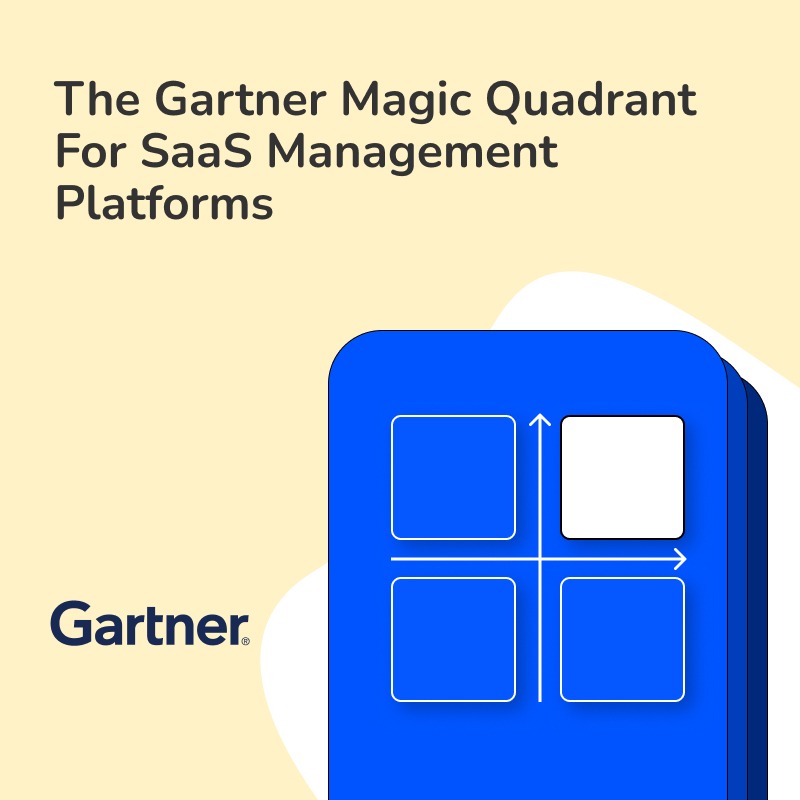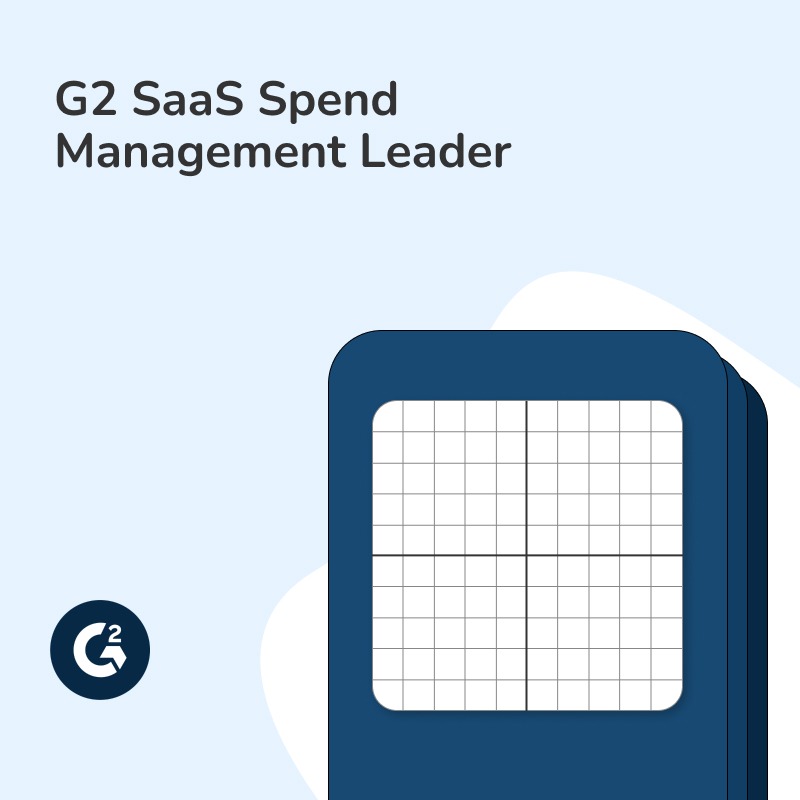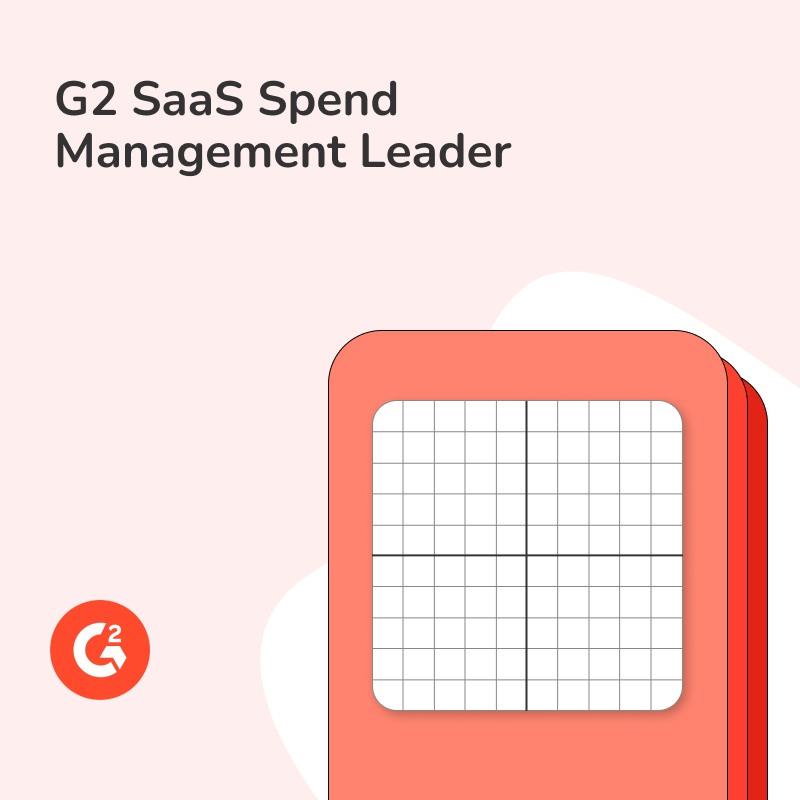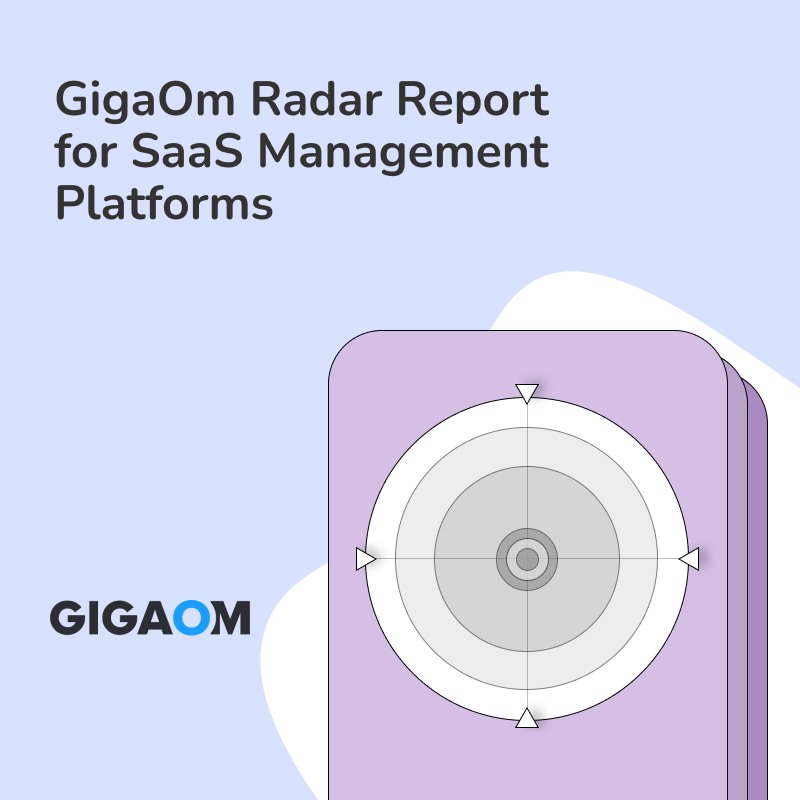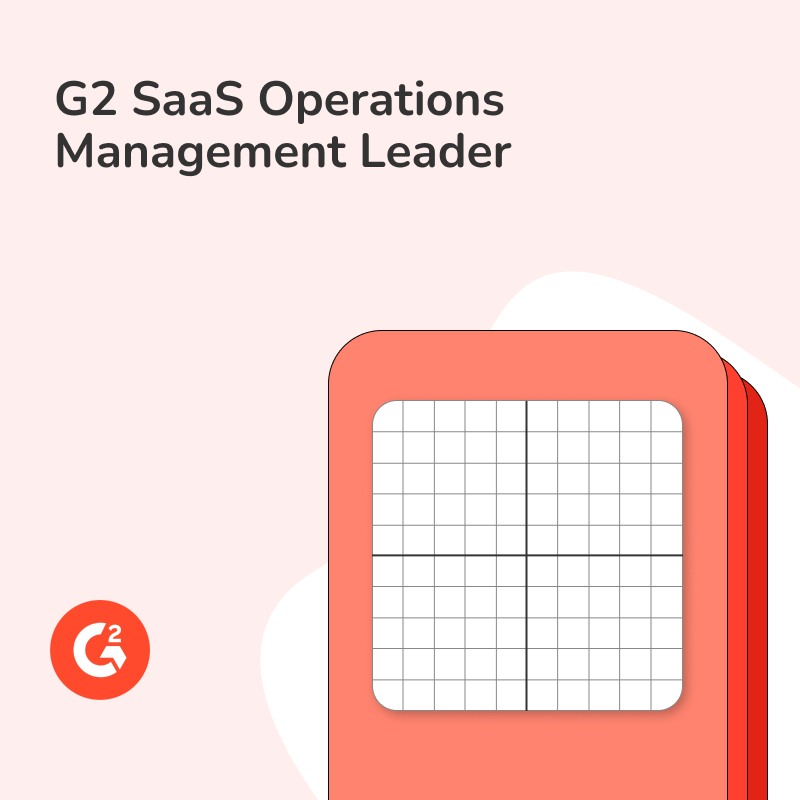Are your IT teams struggling to keep track of all the devices and software in your network? Asset discovery can feel like searching for needles in a haystack. We get it—managing a dynamic digital environment is no small feat. That’s why we’re here to cut through the noise and highlight the best asset discovery tools that can simplify this daunting task for your team. Whether you’re dealing with company-issued devices or shadow IT, we’ll break down the solutions that provide clear, actionable insights.
Stay tuned, and let’s make asset discovery a breeze.
Criteria for Selecting Asset Discovery Tools
When deciding on the best asset discovery tools for IT teams, it’s essential to look for options that provide comprehensive visibility into an organization’s hardware, software, and SaaS applications. These tools should be capable of utilizing network scanning, integrating with identity providers, and deploying desktop agents to identify all assets. But which tools are among the best? Let’s dive in.
Torii SaaS Management Platform:
SaaS Management is the most effective way to gain visibility into your Asset ecosystem, and Torii’s AI-powered mapping and discovery engine is the best in the industry. Not only will it discover all SaaS (both sanctioned and shadow IT) but it will integrate with your MDM tools (such as Intune, Kandji, Jamf, and Jumpcloud) to give you local discovery and SaaS discovery in one unified view. You can also establish workflows and alerts for whenever a new asset is discovered.
SolarWinds Network Performance Monitor
One of the top contenders is SolarWinds Network Performance Monitor. This tool is highly regarded for its network scanning capability, automatically detecting and listing various IT assets. With this, teams can easily track hardware and software, ensuring better license management and security monitoring.
Lansweeper
Another strong choice is Lansweeper. It offers robust asset discovery features without the need for agents, although it supports them if needed. Lansweeper helps classify apps based on risk and approval status, making it easier for IT teams to handle security threats and optimize resources.
ServiceNow IT Asset Management
ServiceNow IT Asset Management is also a noteworthy tool. This solution integrates asset management directly into the IT service management framework. With its rich features, ServiceNow provides a clear visualization of hardware and software assets, categorizes them, and aids in compliance tracking and security monitoring.
Qualys Asset Inventory
For those needing a cloud-focused solution, Qualys Asset Inventory is a great choice. It specializes in discovering and categorizing assets within the cloud ecosystem, which is crucial for modern IT environments. Are you worried about security and compliance? Qualys has robust features that help mitigate security risks and ensure regulatory compliance.
Open-AudIT
How about open-source solutions? If cost is a concern, you might want to explore Open-AudIT. This tool conducts extensive network scans and creates detailed reports on hardware and software inventory. For IT teams on a budget, it’s a viable option that doesn’t sacrifice key features.
Best Practices for Optimizing IT Asset Discovery Tools
Having explored some of the leading asset discovery tools, it’s crucial to understand how to optimize their use to enhance your IT asset management. Here are some best practices to ensure you get the most out of your asset discovery tools:
- Define Your Asset Discovery Requirements
- Integrate with Existing Systems
- Adopt a SaaS Management Platform
- Automate Discovery Processes
- Implement Continuous Monitoring
- Utilize Network Scanning and Agents
- Categorize and Classify Assets
- Regularly Review and Update Asset Data
- Leverage Reporting Features
- Train Your IT Team
Why This Matters
Optimizing the use of asset discovery tools is not just about implementing technology; it’s about strategically enhancing your IT asset management practices to deliver real business value. By following these best practices, IT teams can achieve comprehensive visibility, maintain compliance, optimize resource usage, and mitigate security risks more effectively. A well-rounded approach not only increases operational efficiency but also
To learn more about Torii and how it can benefit your organization, visit toriihq.com.
